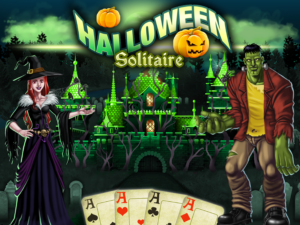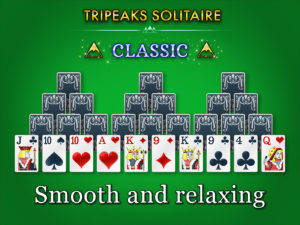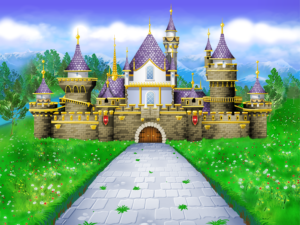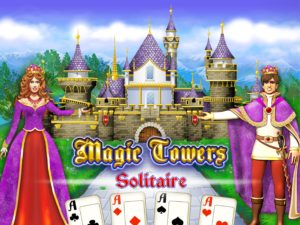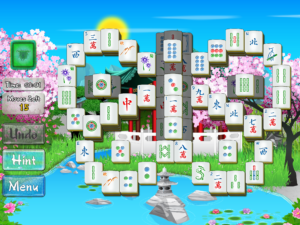Mexican Train Dominoes Gold has Just Pulled into the Switch and Steam Station!
Announcing our first ever Nintendo Switch and PC game release: Mexican Train Dominoes Gold! It’s a deserving family favorite that we’re happy to launch into the world for your gaming pleasure.
Mexican Train Dominoes Gold has been available on Apple and Android devices for a while, and more recently on Mac. However, we noticed that while there are other domino games around, there is definitely a gap in the market for Mexican Train Dominoes and it is one that we are well equipped to fill. Only time will tell how successful this venture will be, but the team did a great job with both the Switch and Windows ports. I thought this would be a good time to share some of the differences between touch screen phone development and developing for the Nintendo Switch. All aboard for several train-based words and puns as I steam ahead with this post… sigh…
Firstly, the PC version works well. One finger, one-touch games are fairly easy to translate to both PC and Mac. The normal changes were made while making sure menus work better for the mouse interface. The biggest effort was always going to be making our engine work on the PC and within the Steam framework a difficult job, but necessary.
The Nintendo Switch on the other hand was much tougher! It’s a fantastic console (that I love dearly, it’s no train wreck like the Wii U), but because we couldn’t rely on the touchscreen, we had to completely rework the control mechanism to efficiently support the controller. We created a grid system to place the dominoes and hoped that would be it. Nope! Of course, the management of the dominoes needed a lot more conducting than that.
Mexican Train Dominoes strategy involves the player creating chains of dominoes that they can lay on their row. This meant we needed a good way for the player to manage the dominoes. We had to get creative. When players moved the dominoes around, the arrangement of all the other dominoes was affected. It took us a while to create our domino inventory system, so it was quick and easy to use! It now shunts along the other dominoes when the chain is interrupted, keeping the order even when the player makes changes.
We had other challenges making the Switch version compared to the phone versions. Saving the game state on the Switch slows the whole system down to the point where we were experiencing a drop in frame rate that caused the game to temporarily stall. I mean dominoes is an intense game but should still do better than just chug along! We had to rework the save and resume game system to better fit the console. Most players won’t even notice the difference, but it showed us that we had been a little bit spoiled in the way mobile phones work with their seamless usage of the SSD.
After all this work, navigating Nintendo’s developers’ pages to get the game into lotcheck and arrange the marketing pages was surprisingly difficult. I do have to say that the people in Nintendo themselves especially in Europe would fix small errors without setting us back and their replies got us back on track quickly. That being said, the lotcheck went through pretty smoothly and it’s a vast improvement from the last Nintendo system I worked on which was the GameCube.
Of course, I’m talking like I ran this project, but I’m just the guy writing about it. The hard work was done by the team. Jasmine, Gregg, Steph, and Katie all pulled together to make Mexican Train Dominoes Gold a thoroughly enjoyable experience for the players on whatever format they want to play it on.
If you fancy taking a look yourself, you can find direct links to all the versions here!





